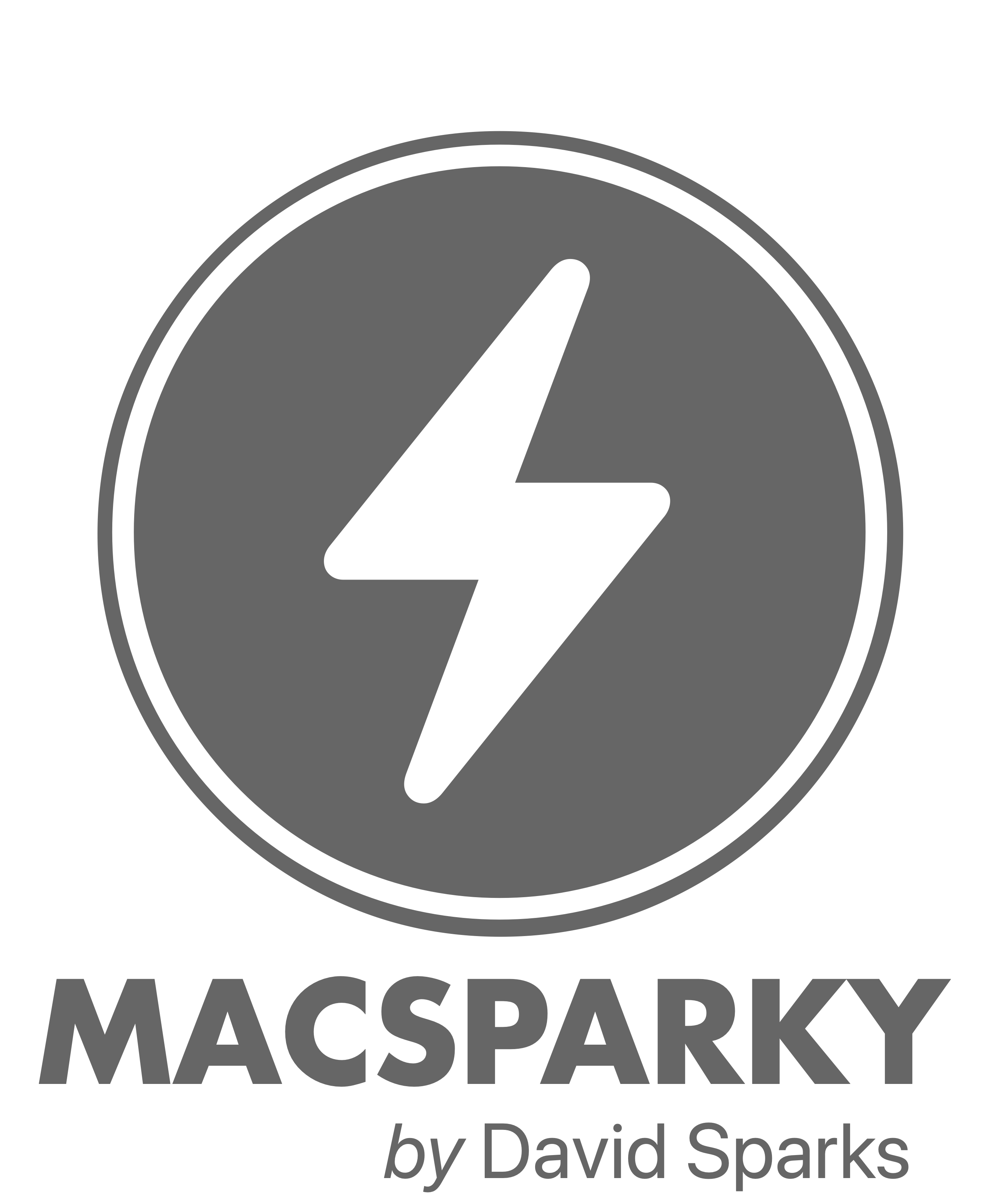For all of my life I’ve been a messenger-bag guy. One strap over my shoulder and I’m ready to take on the world.
However, as of late I’ve been getting out more and sometimes I’ll fill a bag with technology, a battery or two, water, and some food, and head out to new places to spend the day getting work done and maybe doing a little exploring. The problem is that on these trips, I’m finding the messenger-bag isn’t cutting it. Specifically, it’s causing weird shoulder problems as I deal with the weight on just one side of my body.
I found myself loving my adventure/work days but dreading the pain I’d have the next day. All of this got me thinking that maybe I should consider a backpack. You have to understand that I’ve always been resistent to the idea of backpacks. For some reason, getting a backpack in my head felt something akin to the a sports-car driver switching to a minivan.
So I decided that if I was going to get a backpack, it was going to be a bad-ass backpack that I wanted to wear. I wanted something that is convenient, comfortable, and–perhaps most importantly–something I was happy to wear. I spent way too much time looking for that right backpack before deciding upon Waterfield’s Staad Laptop BackPack.
The Staad is made of waxed canvas and leather with a tapered design that makes the bottom wider than the top. This allows the bag to hold all of my stuff without feeling overwhelming. They have two sizes, slim and stout, so you’ve got even more control over the size vs. carry capacity decision. I went with the “stout” size but even that isn’t overwhelming.
Dimensions
Slim – fits up to 13″ laptops: 15.5 x 12 x 1.0–3.0 inches, 2.4 lbs.
Stout – fits up to 15″ laptops: 16 x 14.25 x 1.5–5.5 inches 2.8 lbs.
As with all Waterfield products, the overall construction is great. There is heavy stitching in all the right places and this bag is clearly built to last a long time. The flap is attached with a WWII-style ammunition buckle that stays secure but also comes open with just a tug.
There are also two diagonal zippers on the outside of the backpack that open to two independent pockets. By rotating the bag on one shoulder, you can get into these pockets easily and without having to go into the main compartment.
Speaking of the main compartment, inside are two sewn pockets. One fits a 15″ MacBook Pro (or a large iPad Pro) and the other holds a standard sized iPad. If you prefer, Waterfield will make you one with a smaller laptop pocket upon request. There are also two internal pockets with a bit of velcro to hold them closed.
One of my favorite features about the pocket is the inclusion of a zipper down the center. One of the reasons I was so resistant to go with a backpack was because I hate having to dig into a backpack down the length of my arm with no ability to see what’s inside. The Stad’s center zipper lets you see into the backpack’s pocket and get what you need. Why hasn’t anyone done this before?
An intangible in all of this is the way the Staad looks. There are a lot of options with waxed canvas and ballistic nylon bodies that can be matched with an assortment of flaps. You can pick the materials to get something that looks rugged or more formal. I got the brown waxed canvas and leather flap because I was 13 years old when Indiana Jones first hit theaters and the model I picked is exactly the one Indiana would use to carry some mummy bones or a priceless artifact. (I could also see Episode VII’s Rey wearing this backpack.)
The back of the bag is a padded mesh that breathes well on hot days and the shoulder straps are also padded and comfortable. There’s also a handle sewn into the top, which is nice when you take the bag off. I’ve had the bag a few months and spent full days trekking with the Staad on my back in the rain and under the California sun. I love the way this bag looks and I plan to use the hell out of it over many years into the future. Learn more from Waterfield Designs.











